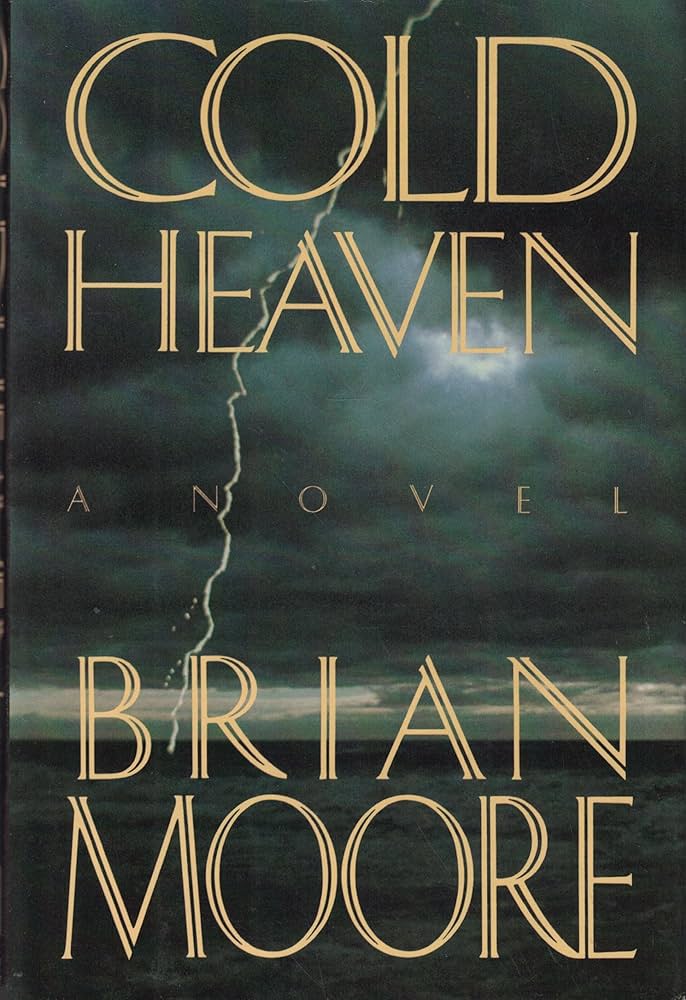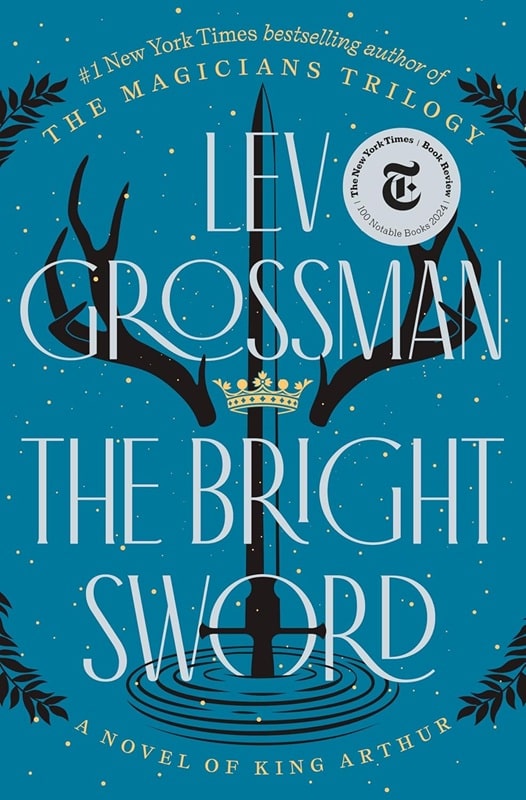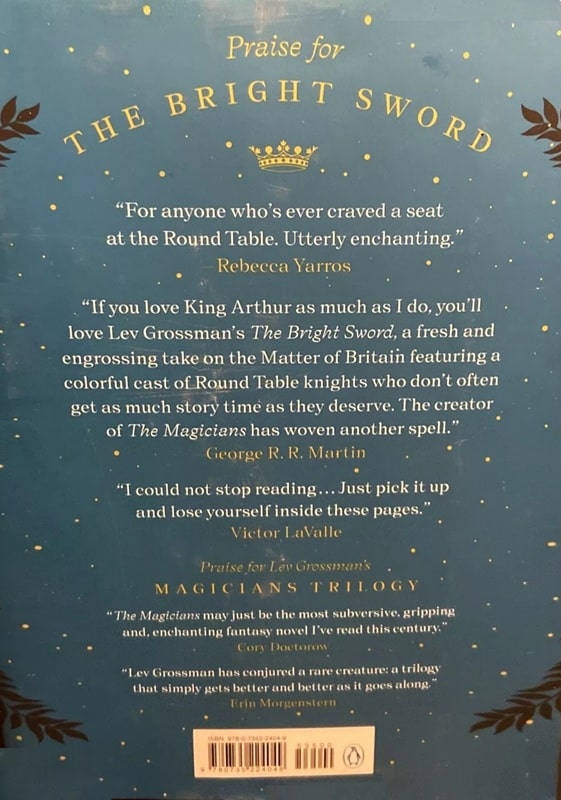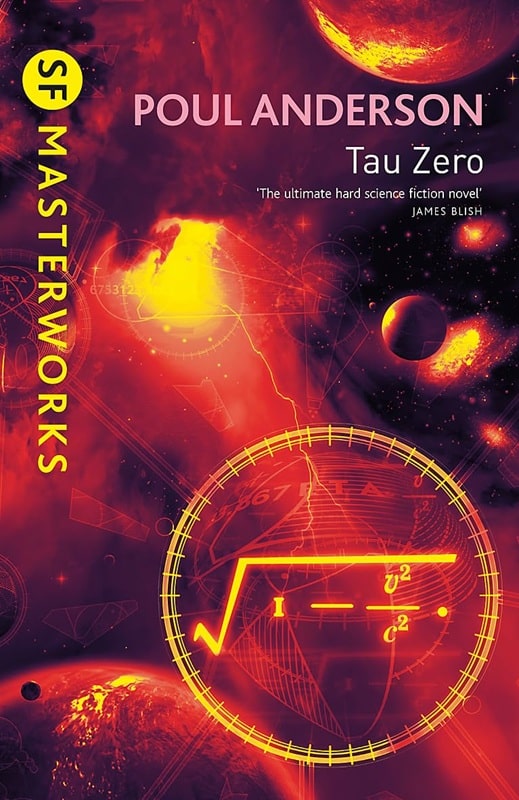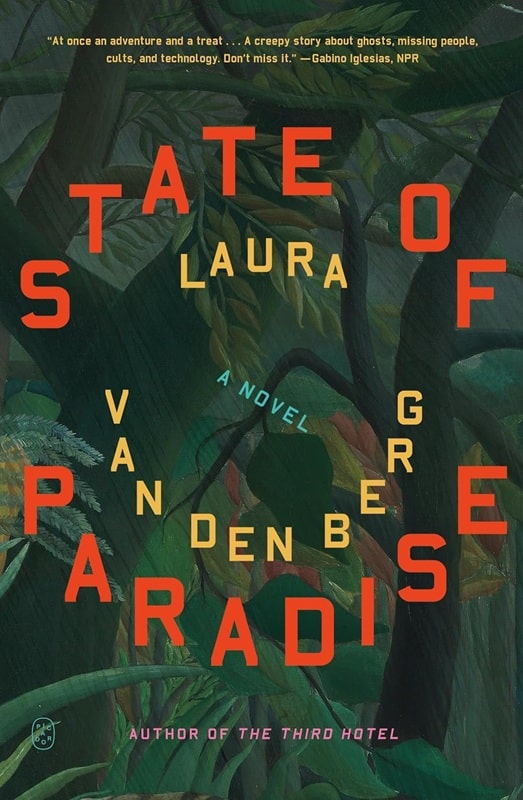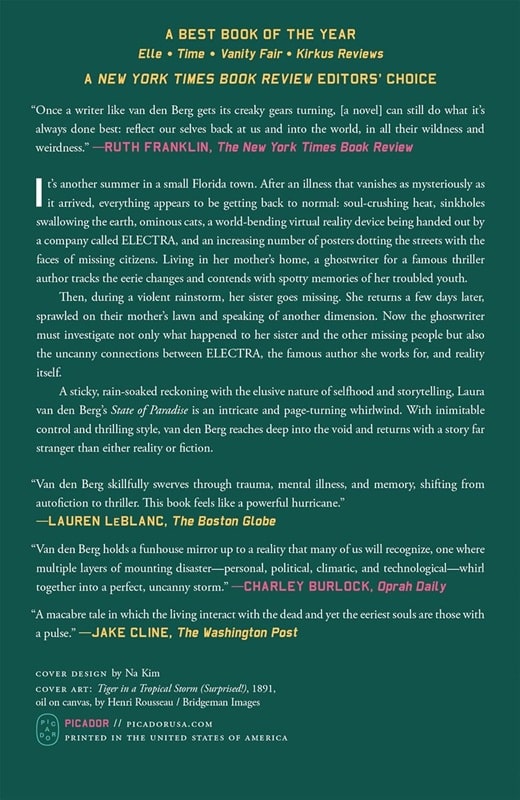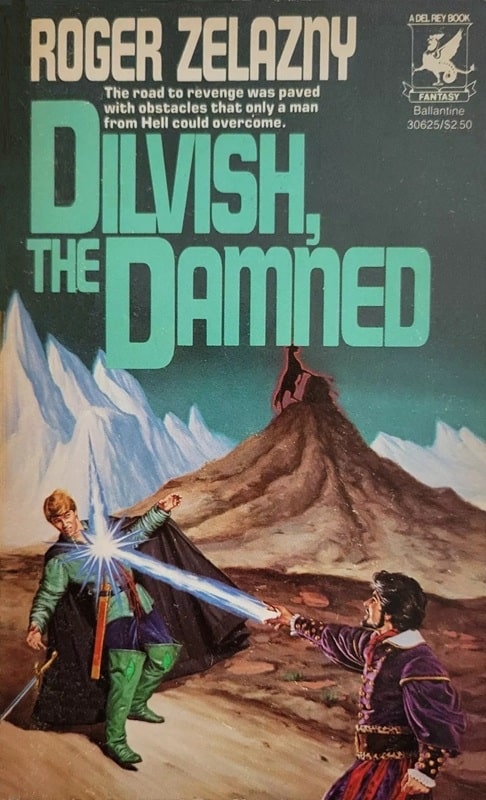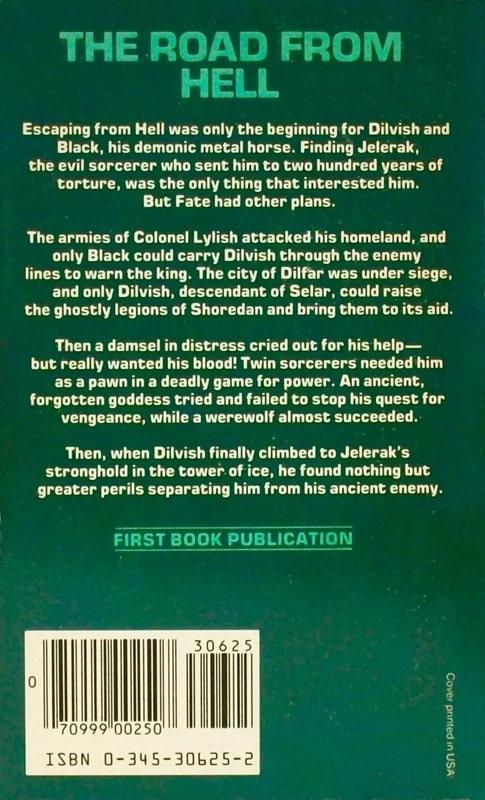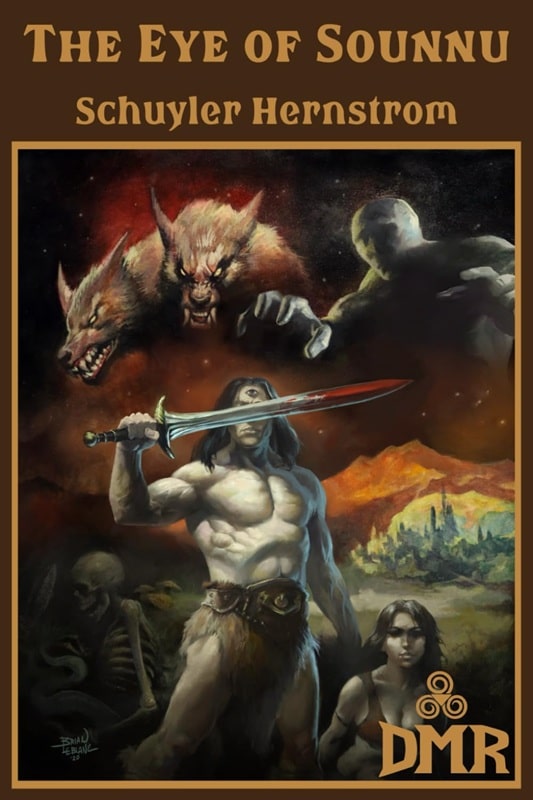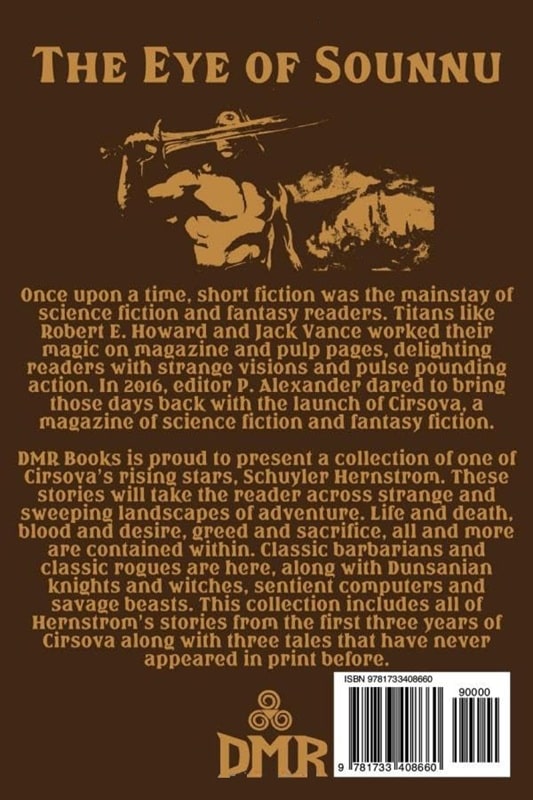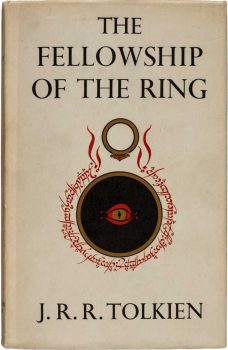A Metaphysical Nightmare: Brian Moore’s Cold Heaven
The Irish writer Brian Moore, who died in 1999 (he pronounced his first name in the Irish fashion — Bree-an) was one of the most interesting novelists of his time, at least based on the four books of his that I’ve read, all of which deal with areas where the supernatural, the philosophical, and the theological intersect and blur into each other.
Catholics (1972) is set in the near future after a hypothetical Fourth Vatican Council has banned private confession, clerical garb, and the Latin mass, while the fictitious Pope of the novel is engaged in negotiating a formal merger of Roman Catholicism and Buddhism, radical changes that are resisted by a handful of monks living on a small island off the coast of Ireland. In The Great Victorian Collection (1975), a scholar dreams of a fabulous collection of Victorian artifacts, and when he wakes up, it has actually appeared in the parking lot outside his California motel room. Who will believe such a thing? Can he believe it himself? Black Robe (1985) is a painstakingly detailed — and bracingly unsentimental — historical novel about the material and spiritual struggles of a Jesuit missionary to the Hurons in seventeenth century Canada.
